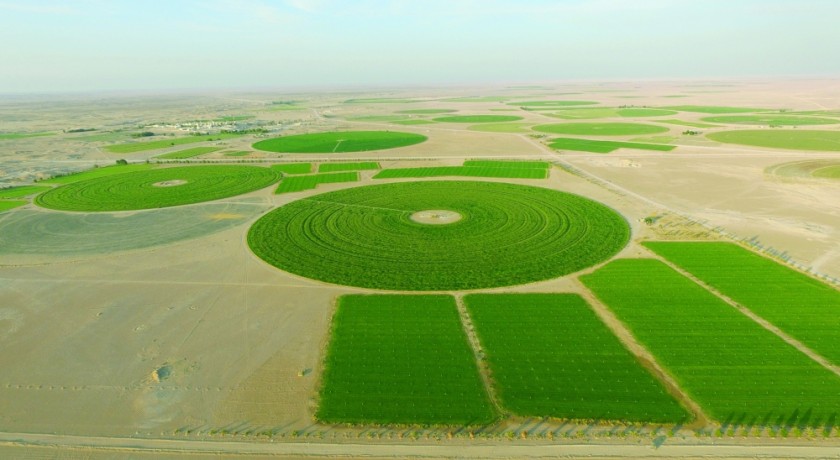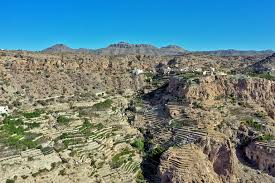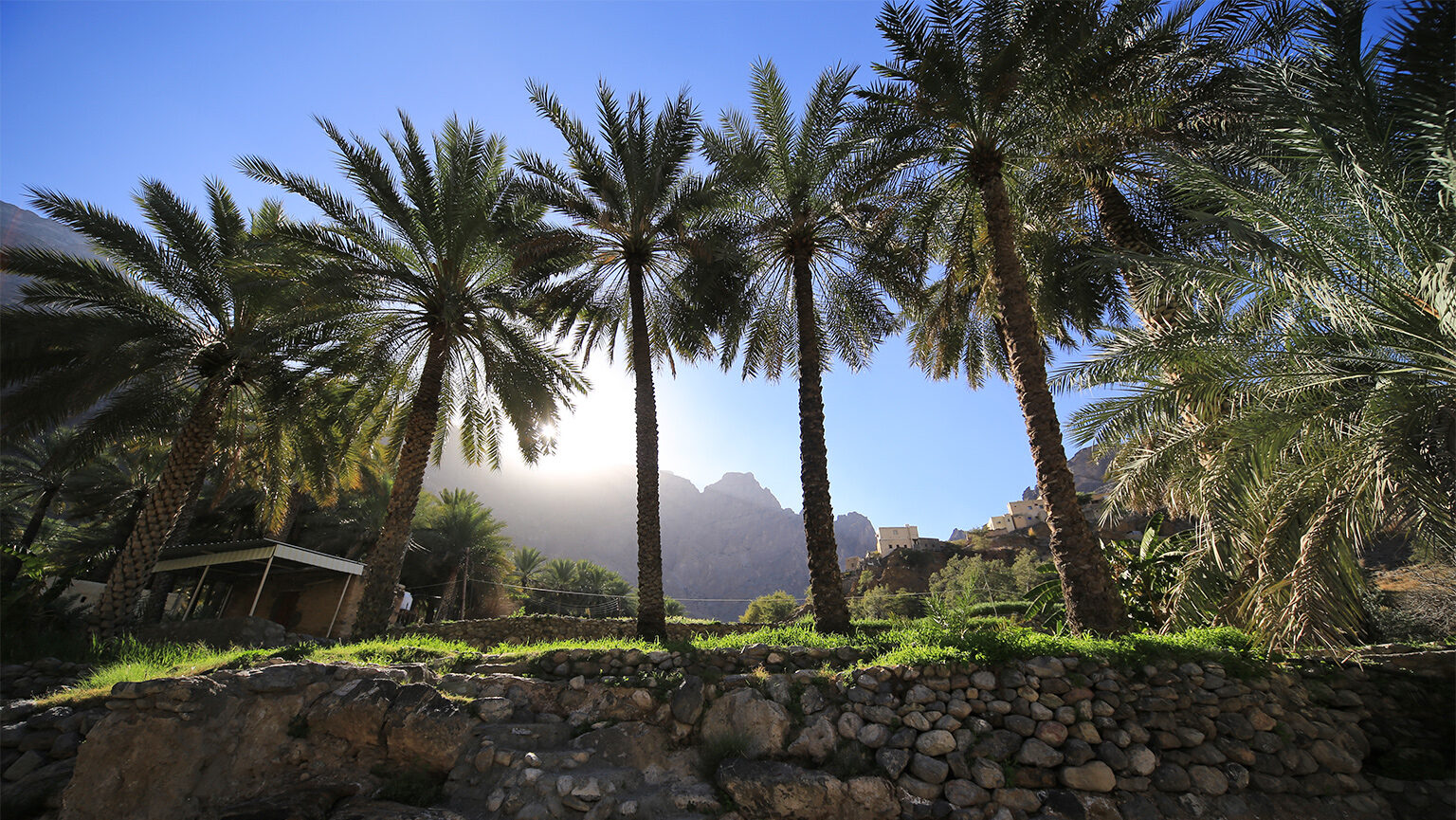Oman’s Agricultural Heritage
Oman’s landscape is a blend of rugged mountains, sweeping deserts, and fertile coastal plains. This diverse geography has shaped the country’s traditional farming practices over centuries. While modern agriculture relies on technology and mechanization, Oman’s farmers have perfected techniques that respect nature’s rhythms and the harsh environmental conditions. Understanding these methods offers a glimpse into the ingenuity and resilience of Omani culture.
Traditional farming in Oman is not merely a way of producing food; it represents a deep connection with the land, heritage, and community. Generations of knowledge have been passed down, ensuring crops flourish even in challenging climates. These techniques highlight sustainability long before it became a global conversation.
The Art of Ancient Irrigation: Falaj Systems
One of the most remarkable features of Omani agriculture is the falaj system. These ancient irrigation channels, some dating back thousands of years, are a testament to human innovation. The word “falaj” refers to a network of underground and surface channels designed to transport water from natural sources, such as springs or wells, to agricultural fields.
Falaj systems operate on a principle of fairness and community management. Water is carefully divided among farmers according to strict schedules. This system ensures every farmer receives adequate water while minimizing wastage. In the arid climate of Oman, where water is a precious resource, the falaj is more than infrastructure it is a symbol of collective responsibility and cooperation.
The engineering behind falaj systems is sophisticated. Underground tunnels maintain a steady flow, reduce evaporation, and protect water quality. The precise gradient of channels ensures water travels smoothly across long distances, often navigating rocky terrains. Falaj irrigation not only sustains agriculture but also maintains greenery in otherwise arid regions, supporting ecosystems and local wildlife.

Traditional Crops and Their Significance
Omani farmers cultivate a wide variety of crops, each chosen for its adaptability to local conditions and cultural importance. Date palms are perhaps the most iconic crop, providing nutrition, shade, and economic value. Other staples include wheat, barley, and vegetables like tomatoes, cucumbers, and beans.
Fruit orchards, particularly citrus, pomegranate, and mango, flourish in regions with reliable irrigation. These crops are more than sustenance they are part of Omani celebrations, rituals, and daily life. Herbs and spices like coriander, mint, and fenugreek also play a role in traditional cuisine, reflecting the intimate link between agriculture and culture.
By focusing on crops that thrive naturally in the climate, Omani farmers maintain biodiversity and soil fertility. Crop rotation and intercropping are common practices, ensuring the land remains productive for generations.
Community and Farming Traditions
Farming in Oman has always been a community-oriented endeavor. The maintenance of falaj systems, planting, and harvesting are often communal activities. Families and neighbors come together to ensure fields are irrigated and crops are tended efficiently. These practices foster strong social bonds and mutual support.
Traditional farming festivals celebrate harvests and mark the agricultural calendar. These events are not only about work they strengthen cultural identity and pass knowledge to younger generations. In a world increasingly driven by industrial farming, Omani practices remind us that agriculture can be a shared, harmonious activity rooted in culture.
Innovative Yet Sustainable Techniques
Omani farmers have adapted to the challenges of their environment with remarkable creativity. Terracing is a common method in mountainous areas, preventing soil erosion and retaining moisture for crops. Raised beds and stone barriers help conserve water in areas with limited rainfall.
Water-saving techniques, such as collecting rainwater in small reservoirs and using plant-based mulch to reduce evaporation, demonstrate a profound understanding of local ecology. By observing seasonal patterns, farmers can plant crops at the optimal time, ensuring maximum yield with minimal strain on natural resources.
Unlike modern methods that often rely on chemical fertilizers and heavy machinery, traditional techniques focus on sustainability. Composting, animal manure, and natural fertilizers maintain soil health. Crop selection is strategic, favoring plants that resist drought and pests, reducing the need for external inputs.
Integrating Tradition with Modern Agriculture
In recent years, Oman has begun integrating modern technologies with traditional practices to enhance productivity. Sensors, drip irrigation, and improved crop varieties complement the knowledge embedded in centuries-old farming systems. This combination ensures higher yields without compromising the environment or cultural values.
Government initiatives and local cooperatives support farmers by providing training, access to markets, and resources for sustainable farming. By valuing traditional wisdom alongside modern innovation, Oman is creating a model for agriculture that is both productive and culturally respectful.

Lessons from Omani Farming for the World
The practices of Omani farmers offer valuable lessons for global agriculture. In a time of climate change and water scarcity, traditional techniques demonstrate how communities can thrive with minimal environmental impact. The emphasis on water management, soil preservation, and biodiversity can inform sustainable farming strategies worldwide.
Moreover, the social structure around agriculture cooperation, shared responsibility, and knowledge transfer illustrates that successful farming is not only about technology but also about human relationships and community engagement.
Conclusion: Preserving Heritage and Sustainability
Exploring Oman’s traditional farming and irrigation techniques reveals a society deeply attuned to its environment. The falaj systems, terraced fields, and communal practices are more than agricultural tools they are symbols of resilience, innovation, and cultural identity.
By preserving these methods and blending them with modern advancements, Oman is creating a sustainable path for agriculture that honors its past while embracing the future. These practices remind the world that true progress comes not just from innovation, but from understanding, respecting, and working in harmony with nature.
Do follow Gulf Magazine on Instagram.
Also Read – Serene Omani Beaches: Perfect Destinations for Ultimate Relaxation



